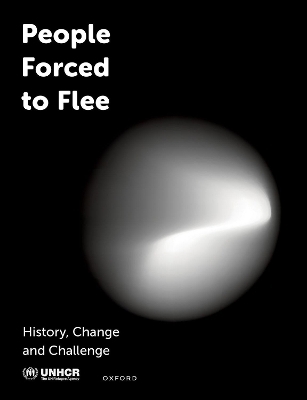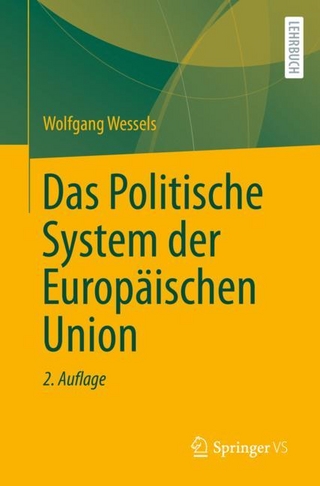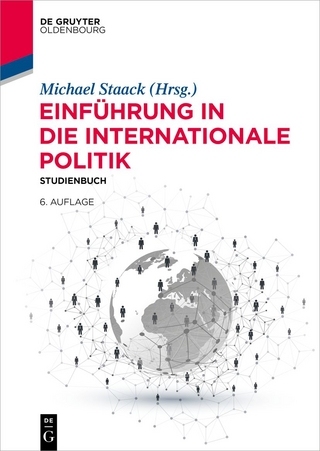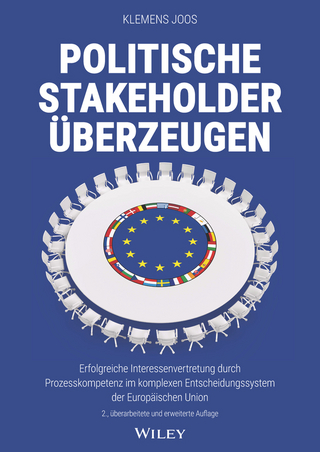
People Forced to Flee
Oxford University Press (Verlag)
978-0-19-878646-7 (ISBN)
People in danger have received protection in communities beyond their own from the earliest times of recorded history. The causes — war, conflict, violence, persecution, natural disasters, and climate change — are as familiar to readers of the news as to students of the past.
It is 70 years since nations in the wake of World War II drew up the landmark 1951 Convention relating to the Status of Refugees. People Forced to Flee marks this milestone. It is the latest in a long line of publications, stretching back to 1993, that were previously entitled The State of the World's Refugees.
The book traces the historic path that led to the 1951 Convention, showing how history was made, by taking the centuries-old ideals of safety and solutions for refugees, to global practice. It maps its progress during which international protection has reached a much broader group of people than initially envisaged.
It examines international responses to forced displacement within borders as well as beyond them, and the protection principles that apply to both. It reviews where they have been used with consistency and success, and where they have not. At times, the strength and resolve of the international community seems strong, yet solutions and meaningful solidarity are often elusive. Taking stock today - at this important anniversary – is all the more crucial as the world faces increasing forced displacement.
Most is experienced in low- and middle-income countries and persists for generations. People forced to flee face barriers to improving their lives, contributing to the communities in which they live and realizing solutions. Everywhere, an effective response depends on the commitment to international cooperation set down in the 1951 Convention: a vision often compromised by efforts to minimize responsibilities.
There is growing recognition that doing better is a global imperative. Humanitarian and development action has the potential to be transformational, especially when grounded in the local context. People Forced to Flee examines how and where increased development investments in education, health and economic inclusion are helping to improve socioeconomic opportunities both for forcibly displaced persons and their hosts.
In 2018, the international community reached a Global Compact on Refugees for more equitable and sustainable responses. It is receiving deeper support. People Forced to Flee looks at whether that is enough for what could – and should – help define the next 70 years.
United Nations High Commissioner for Refugees, United Nations High Commissioner for Refugees (UNHCR) UNHCR is the United Nations Refugee Agency. Created in 1950 to provide international protection to refugees and assist in finding solutions for them, it has grown into one of the largest international humanitarian agencies. UNHCR has twice been awarded the Nobel Peace Prize for its work. Today UNHCR has more than 17,000 employees working in over 132 countries and territories around the world working to save lives, protect rights and support a better future for refugees, returnees, internally displaced persons and stateless people.
1: Emergencies
2: Root Causes
3: Access to Asylum
4: Statelessness
5: Access to Protection at Home
6: Climate Change-Induced Displacement, Migration, and Planned Relocation
7: From 'Care and Maintenance' to Self-Reliance
8: Solutions
9: Financing
10: Innovation
11: Looking Forward
| Erscheinungsdatum | 11.08.2018 |
|---|---|
| Verlagsort | Oxford |
| Sprache | englisch |
| Maße | 190 x 246 mm |
| Gewicht | 1294 g |
| Themenwelt | Recht / Steuern ► EU / Internationales Recht |
| Sozialwissenschaften ► Politik / Verwaltung ► Europäische / Internationale Politik | |
| Sozialwissenschaften ► Soziologie | |
| ISBN-10 | 0-19-878646-8 / 0198786468 |
| ISBN-13 | 978-0-19-878646-7 / 9780198786467 |
| Zustand | Neuware |
| Haben Sie eine Frage zum Produkt? |
aus dem Bereich


